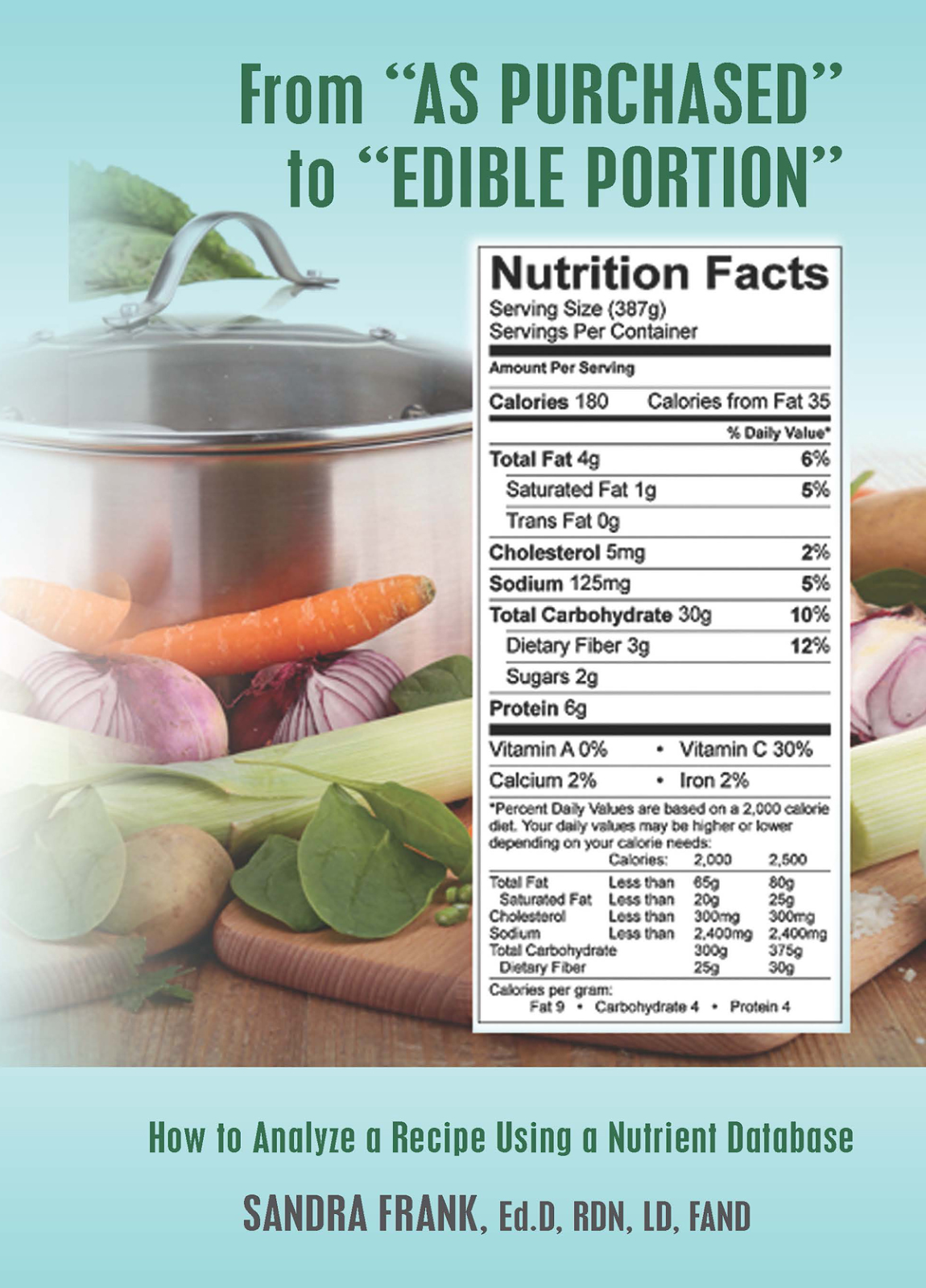"People who laugh actually live longer than
those who don't laugh.
Few persons realize that health actually varies
according to the amount of laughter."
James J. Walsh, MD
Having a good laugh usually makes
us feel good about ourselves.
This can be a factor in motivating a person to lose weight.
I Love to Laugh
Babies Laughing
Research published in the International Journal of Obesity discovered laughter can be beneficial in weight control.
Laughing helps burn calories by increasing the heart rate by 10 to 20 percent: The metabolism increases as well, meaning you will burn more calories at rest once you have stopped laughing.
Scientists calculated 15 minutes of laughter a day will burn 10 to 40 calories, depending on a person’s weight and the intensity of the laughter.
Laughter can relieve physical tension and stress, leaving your muscles relaxed for up to 45 minutes after.
Laughter triggers the release of endorphins, which promotes an overall sense of well-being.
Laughter improves the function of blood vessels and increases blood flow, which may benefit the cardiovascular system.
Laughter may benefit people with diabetes. One study showed after watching a comedy, the group had lower blood sugar levels than they did after listening to a boring lecture.
Laugh because it feels great,
because it is healthy for you and
because we take ourselves too seriously.
It’s time to lighten up.
“Laughter is the best medicine.”


























.jpg)
